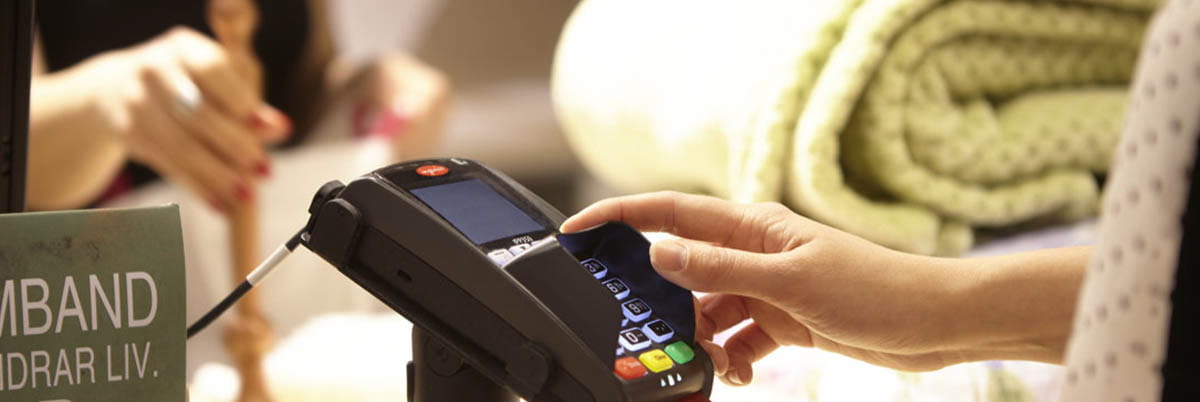The contactless limit increase – what’s changed?

Reading time: 3 minutes
Have you ever found the contactless limit just isn’t enough? Been afraid it’s too much? With the limit increasing once again, it’s important to know how to stay in control of the technology already in your wallet.
 |
WHAT'S CHANGED AND WHY? |
The amount you can spend using your contactless card has gone up - from £45 to £100 on 15 October 2021. This means you can now use contactless payments for higher value purchases, so it’s more convenient for transactions like your weekly food shop or filling up your car with fuel.
The change is happening to improve convenience for shoppers and make things easier for retailers. Since the pandemic began, there’s been an understandable increase in the use of contactless payments to help limit touchpoints for the spread of coronavirus.
During the first seven months of this year, 60% of debit and credit card payments were contactless in the UK.
You may not be able to use the new limit everywhere (just yet)
Although the contactless limit change is already in place, it’s probably going to take a little time for all retailers to update their payment machines to accept the new limit. So, you may find that you cannot simply tap to pay for a large purchase everywhere you want.
The best way to check is either ask in store or take a look at the payment machine which often displays the limit.
Don’t fear – if you can’t use contactless for any reason, you can still use your card by inserting it in the machine and inputting your PIN number.
 |
Times have moved quickly |
Since contactless payments became a thing back in 2007, there have been quite a few changes to the limit. It originally started like an alternative to loose change. With a limit of £10, you could pay for small items much more efficiently than having to exchange notes or coins.
As habits have changed, it’s steadily increased over the years. Following a five year gap, it went up to £45 at the start of the pandemic to help customers spend as some shops stopped taking cash completely. The latest increase now more than doubles the limit - giving shoppers more flexibility than ever before.
- 2007 - £10
- 2010 - £15
- 2012 - £20
- 2015 - £30
- 2020 - £45
- 2021 - £100
BUT IS THERE AN INCREASED RISK OF FRAUD? |
According to the Financial Conduct Authority, there hasn’t been a significant increase in contactless payment-related fraud since the last increase in 2020. And, other countries where limits have increased to the value of £100 or above have not seen a significant increase either.
That doesn’t mean there isn’t a risk. You should still contact your bank straightaway if you lose your card or think it’s been stolen or used by someone else.
Sometimes, you may have noticed that even if you are trying to tap your card, you’re still asked to input your PIN. This is a security feature designed to protect you when a certain amount of contactless payments have recently happened to check the card is being used by you. This amount was £130 and has now gone up to £300. Though, some banks could set this limit lower as part of their own safeguarding.
 |
HOW CAN YOU STAY IN CONTROL? |
If you’re worried about this change or want to control the limit for your card, you’ll need to contact your own bank to see what options they can offer you.
Some banks will allow you to opt-out of contactless payments altogether. Others may let you set your own limit to an amount you’re more comfortable with.
Not all banks currently offer these options just yet, but more are adding them each month to give their customers better control.
Whatever you think, it’s important to know what’s changing and choose what’s right for you. As most debit and credit cards are issued with the technology, it’s certain that contactless payments are here to stay.

